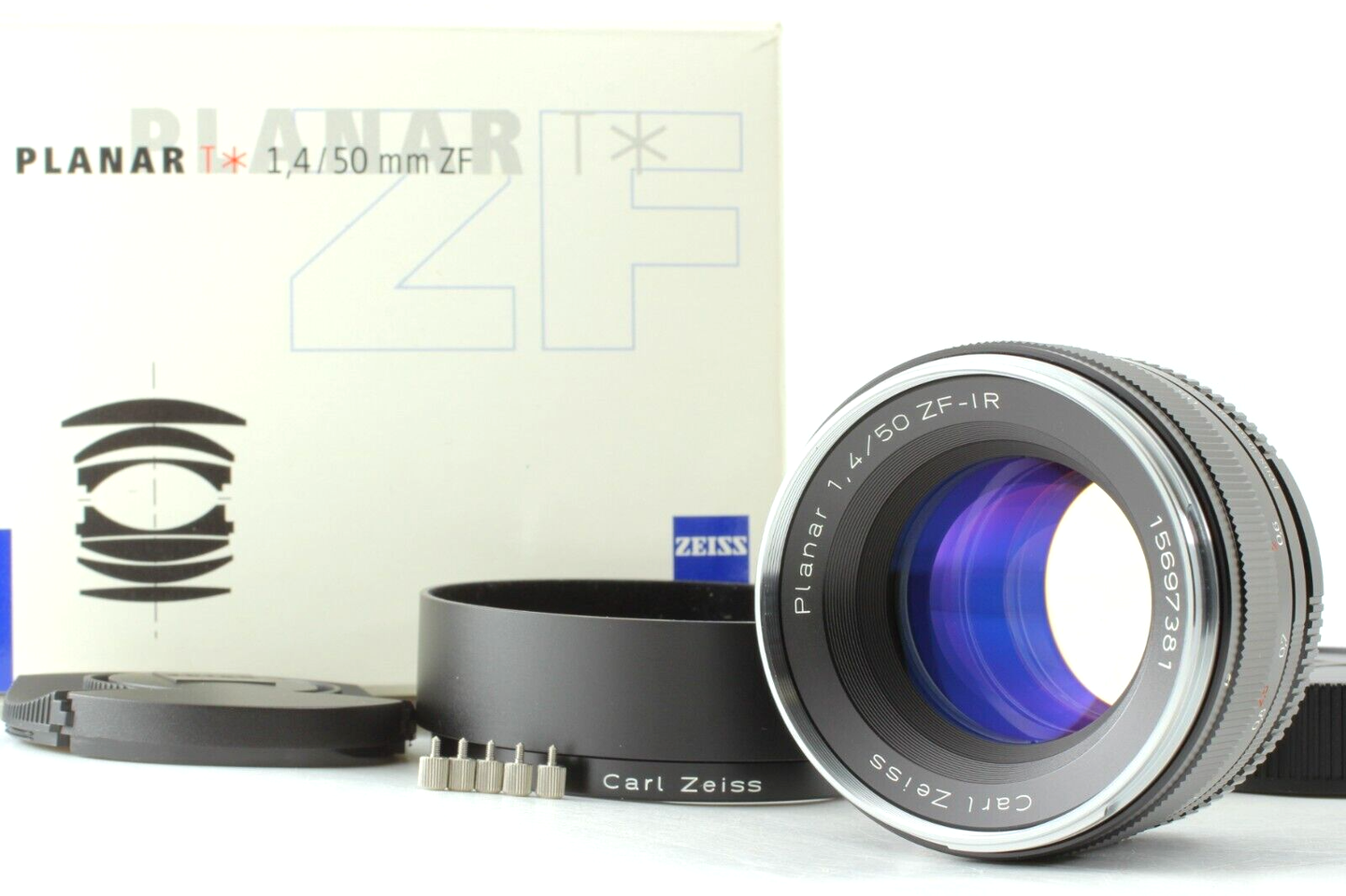A rare Zeiss lens variant for infrared photography is currently up on eBay
This rare, unused Zeiss lens commands a very high price tag.

Most lenses handle visible light just fine. Start dabbling in infrared photography, however, and you’ll find that things get wacky and complicated right off the bat. Shooting infrared with a typical lens often creates “hot spots” caused by IR light reflecting unpredictably due to the coatings on the glass. To combat this effect, Zeiss created a limited line of specially designed lenses meant specifically for infrared photography. You can currently buy one of the 50mm f/1.4 models in unused condition on eBay. The Buy It Now price is sitting at $3,000.
Why does IR photography require a special lens?

Infrared light sits outside the spectrum of typical visible light. It’s a range of wavelengths that don’t register to the naked human eye. It is, however, possible for cameras to pick up IR light with film or digital sensors specifically designed to pick it up. The vast majority of infrared film is now long out of production. In fact, if you have a roll of Kodak’s Aerochrome color film still in its original packaging (it came packed in a special tube), it’s worth nearly $300 on the secondary market. If you want to shoot digital, there are services that will convert some cameras to infrared by altering the sensor inside to include the invisible wavelengths.
Having the right sensor or film is only part of the process, though. The light still needs to travel through the lens and that can cause issues on typical gear. Some coatings can cause IR light to bounce around inside the lens and cause odd hot spots on the image. These don’t register on a typical camera sensor, but it’s an issue with shooting IR. And while some lenses are known for better results than others, it could vary between different copies of the same lens.
Enter the Zeiss ZF-IR
In order to combat those hot spots, Zeiss released a series of prime lenses in 25mm, 50mm, and 85mm focal lengths. They are mostly identical to their production counterparts, but the elements came sporting a bluish-purple coating specifically to usher the IR waves through the lens without causing hot spots. These were intended for industrial use, but IR photographers with artistic ambitions could also get them if they didn’t mind the very high price.
While the Zeiss lenses handled the hot spot issue, they didn’t really do anything to address the other tricky aspects of shooting IR. For instance, focusing shifts when you’re shooting infrared because of the way the waves refract. Many older lenses offered an infrared adjustment mark (often a red line) in the focusing distance scale to help photographers compensate. That change in refraction also typically causes ghosting in the corners of the images because lens manufacturers don’t correct for light that no one was going to see anyway.
You can read a pretty thorough review of the ZF-IR lenses here and get some extra context for their creation and performance.
Should you buy the Zeiss IF-IR lens?

If you’re a collector, especially one who deals in Zeiss gear, then you probably already know that this is a real rarity. Demand was not massive for it and it’s unclear how many there are or even how long the manufacturing run lasted. The model that’s currently on eBay is unused and still in the original box with its packaging and manuals. That’s exactly what collectors want, which explains the $3,000 price tag.
If you wanted to buy it and shoot it on a typical camera just for the super-nerd-cred that comes with it, the images shouldn’t look much (if at all) different than they would with the normal version of the lens. That normal version costs roughly one-eighth the price of its rare counterpart, so unless you’re a collector who is going to keep it locked away in its box, the standard version will be a lot more fun for a lot less money.
